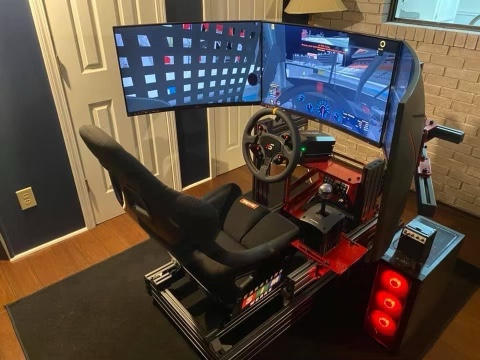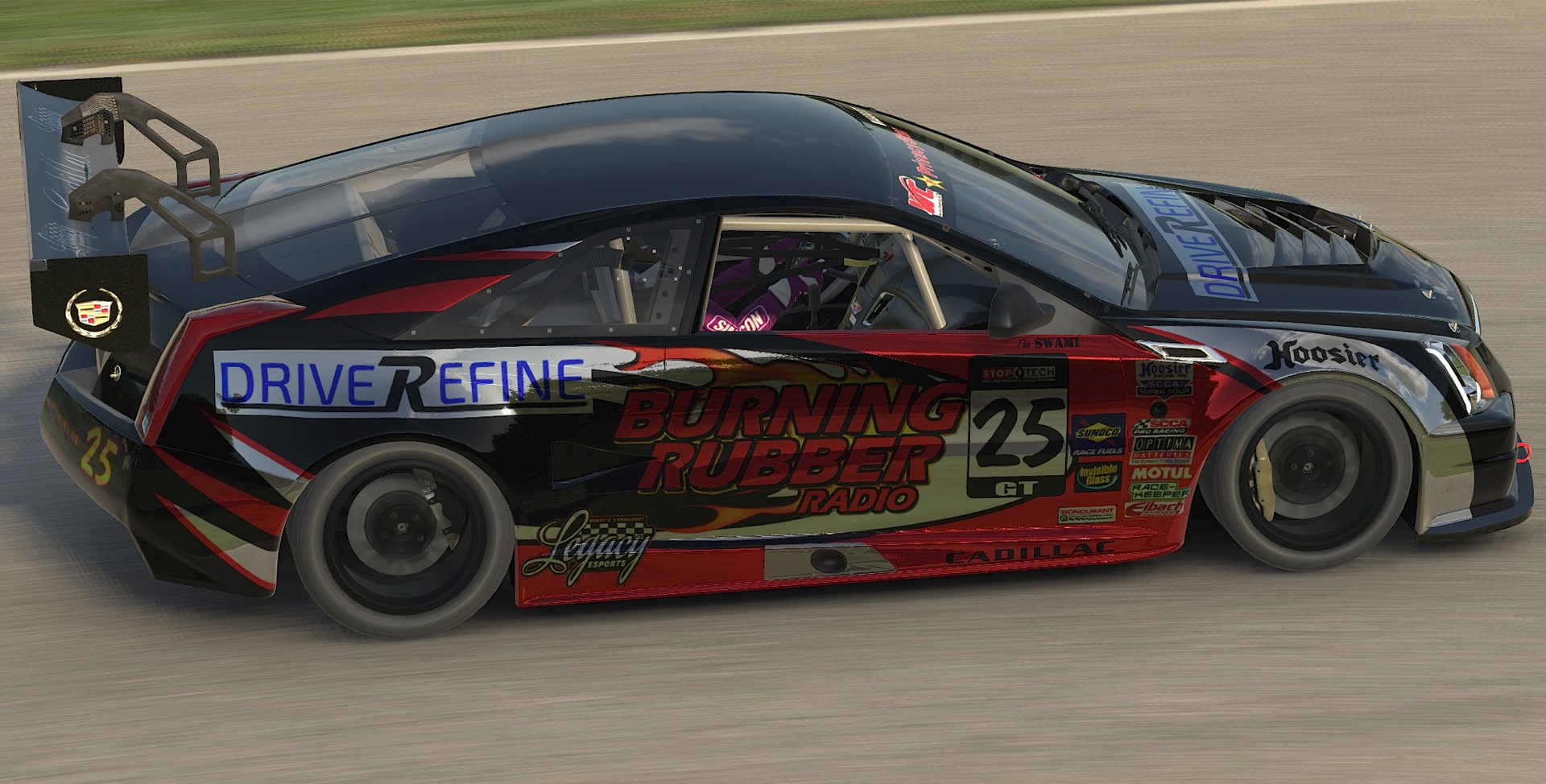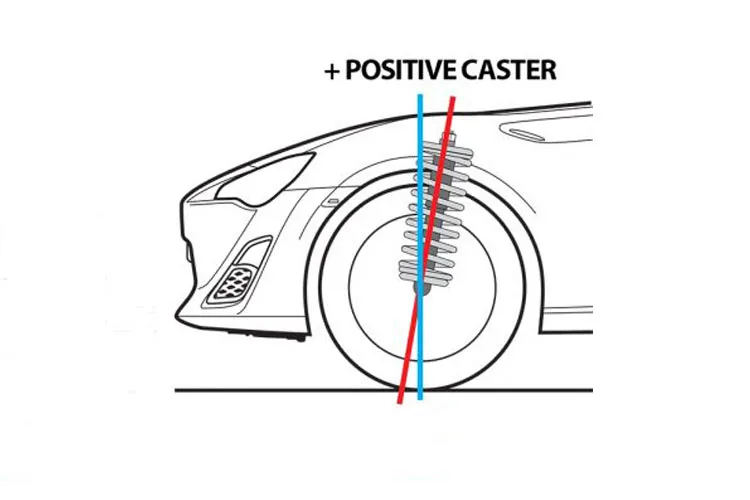Let’s set the scene. Before you raced this past weekend, you read and memorized all of the content in both previous Tool Box Tips about in-car cameras, “Why You Should Run One” and “Where to Mount It”. You just finished downloading your race footage captured at the perfect angle from inside of the car. You can see straight out of the front windshield and you have a full view of your hands working the steering wheel. If you are really trying to score extra points, you probably have a notebook or a computer document open so you can record notes as you critique your driving and begin your debrief process. As you click play, you realize that this article has just posted on driverefine.com and now you are here reading it. Way to go you!
As I have mentioned before, in-car camera footage should be treated like data acquisition. It is a tool for you and your crew chief to use to improve the overall performance of the driver and the car. To get the most out of the video you record, here are the things that you should watch for.
- Let your hands do the talking.
There's a saying about not seeing what is right in front of your face. This is a classic example. Drivers of all levels of experience can easily get caught up in driving the car, and not pay attention to what their hands are doing with the steering wheel. Once you start your entry, if the car isn’t handling perfectly, some or most of what a driver does from there on out is reactionary. Drivers start responding to the car being loose, tight, rolling over, brake lock-up, etc. Simply put, if a driver is tight on entry, most likely the immediate response is to apply more brake and try to reduce speed faster. That's reactionary. Your hands are one of the biggest visual representations of what you are reacting to when it comes to feedback from the car.
The most common thing I deal with when it comes to drivers starting this program is tight in the center that is actually caused by the car being loose on entry. Drivers are usually shocked at how quickly I can diagnose and isolate that issue. It’s a game changer that in their eyes takes me 5 minutes to catch. The reality is, it’s the perfectly placed in-car camera that showed me the drivers hands. When you are reviewing your footage, watch what your hands do throughout each part of the corner. When you lift and apply brake, do your hands turn to the right first or do they turn left towards the direction that you want to go? If your hands turn to the right just after initial turn in, you could be loose in. It could be the way the front end of your car moves through travel as well, but it’s worth a conversation with your crew chief. The point is, the majority of drivers won’t realize their hands are making that countersteer motion until they watch their video after reading all 3 of these Tool Box Tips. There are hundreds of other things that you can see just by paying attention to your hands. Everytime you turn the steering wheel, the front tires are turning and that makes the car change direction. Your hand motion on the wheel should be fluid through all parts of the corner and through each transition from throttle to brake, brake to turn, and turn to reacceleration.
- Match what you see out of the front window with what your hands are doing.
This one is really simple. Does the view out of the front window match with what your hands are doing with the wheel and are you able to put the car where it needs to be? If the answer is no, refer back to number 1 and see what parts of the track don’t match. Combine that with your feedback from the race and work down to whatever handling or technique issue you are having. Something common that comes out of this step are things like caster split, brake bias, and rear-steer. These are issues where the car feels like it “drives itself” through any part of the corner. Some drivers are ok with things like this, others are not. If you don’t know whether you like it or not, you probably haven’t tried both. Its driver preference but its only driver preference after you have identified whether its going on and if it affects your speed.
- You’ve looked, now listen.
Just like watching your hands can tell you how and what you are reacting too, listening to the throttle and RPMs can do the same thing. Like your hand speed, your throttle application should be smooth. I tell all my drivers “one time down.” Meaning once you start putting the throttle down, keep going. Don’t pick the throttle up, then lift, then pick it up again. If you have to reaccelerate multiple times through corner exit, you are picking the throttle up too soon or you have a handling issue. You may not be able to see your feet or see the butterflies open and close, but you can hear it. Maybe you are picking up the gas too hard and that is causing you to be tight or loose on exit? Again, this all has to be tied together with your feedback to work the best it can.
Get the whole picture. That is the key to making successful changes at the track and at the shop. The driver needs to be able to describe what he or she needs to go faster and the crew chief needs to be clear in understanding what the needs of the driver are. At the same time, the driver needs to be able to watch him or herself and make the right driving adjustments. Smooth on the wheel and pedals. If you “can’t” be smooth or “can’t” do something, talk to your crew chief and watch the video together. So much can go wrong with the communication between a driver and a crew chief if you don’t work through these situations together.



